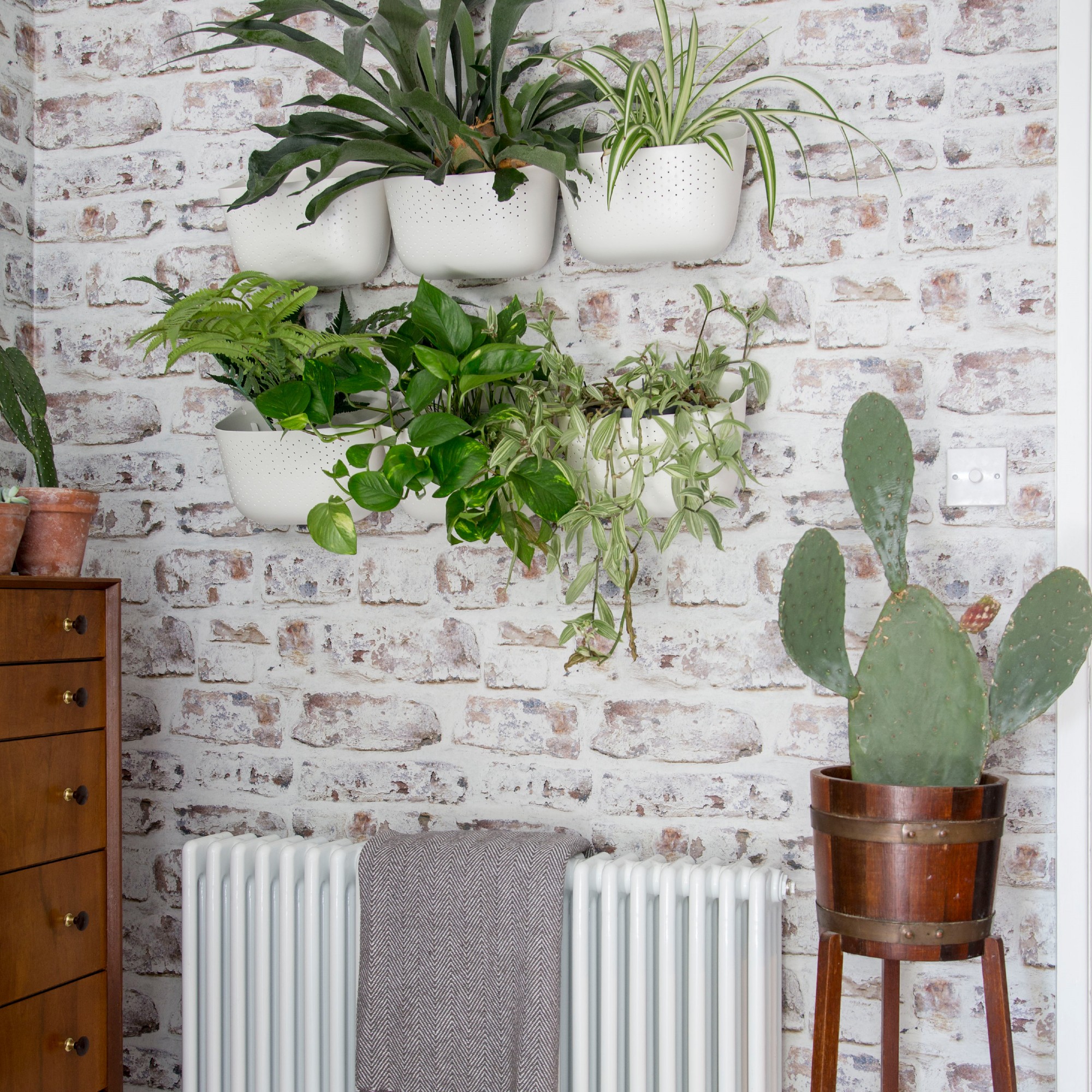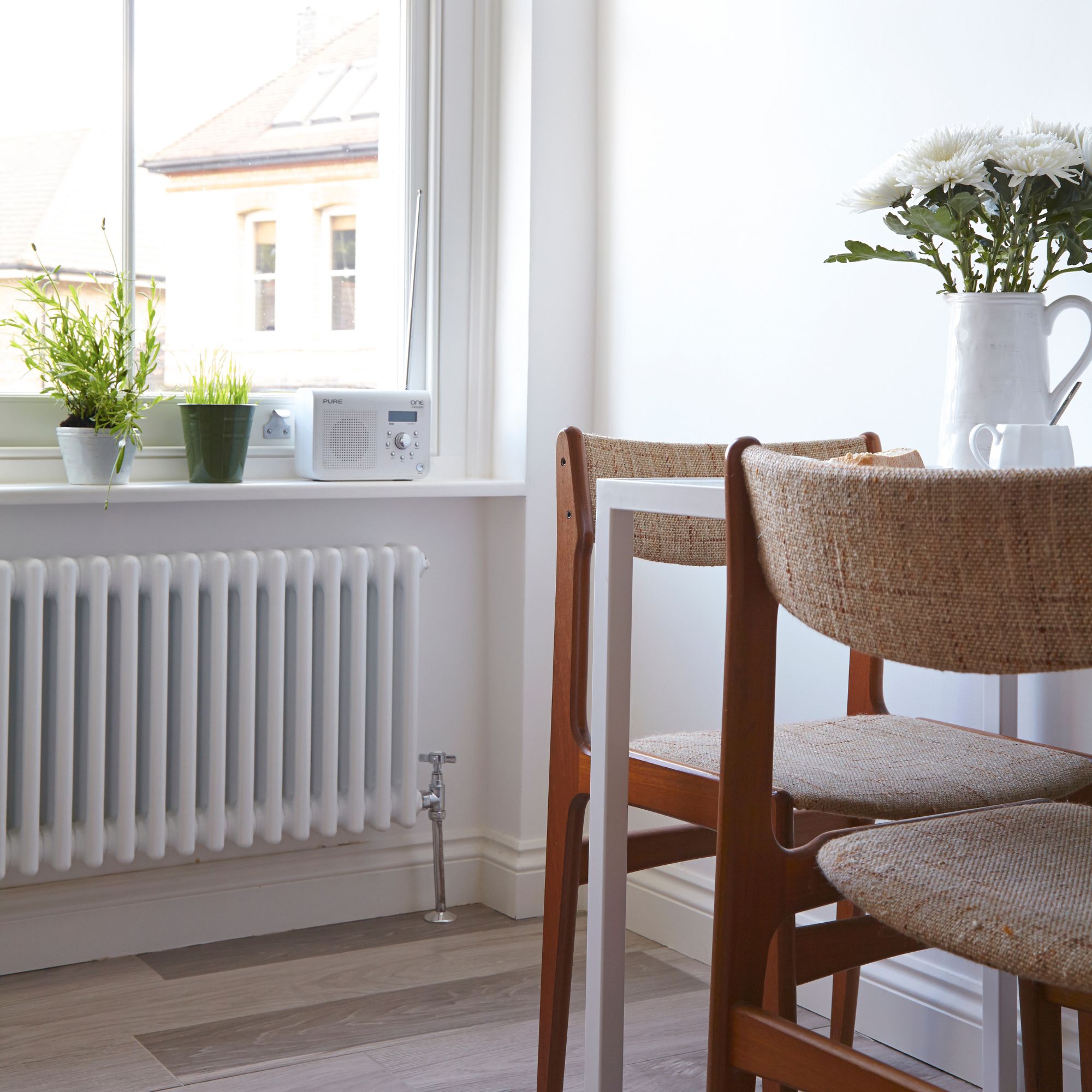
When the temperature drops and there are fewer opportunities to dry clothes outside, utilising your inside space becomes vital for keeping on top of your laundry routine. And if you're trying to avoid using tumble dryer, airers are probably your best friend right now.
If you haven’t got your hands on one of the best heated airers, it can be tempting to put wet clothes on the radiator to speed up the drying process – but experts have warned against this if you want to save energy at home this winter.

Why you should avoid drying clothes on a radiator
‘By placing clothes on your radiator you are blocking the heat from coming out of the radiator and circulating around the room properly,’ explains Mark Carter, director Shutterstore UK. ‘This means the heat will get trapped under the clothes preventing the room from efficiently heating.'
‘Long-term use of drying clothes on the radiator can cause your heating system to work harder, resulting in increased energy consumption.’ Essentially, your clothes will divert the heat into them, rather than heating the room. This means it will take longer to heat your room and therefore use more energy.

But that’s not all. This easily-avoided energy mistake of drying your clothes on a radiator also increases the risk of damp.
‘While it may seem like a good idea, drying your clothes on a radiator can cause significant health concerns,’ warns Rob Nezard, managing director of UKRadiators.com. ‘One of the primary issues behind this is the increased risk of mould and mildew growth.'
'As clothes release moisture into the air, the excess moisture can accumulate in your home, creating a damp and humid atmosphere,' continues Rob. ‘The excessive moisture provides a breeding ground for mould spores to thrive. It can exacerbate any existing allergic reactions, respiratory problems or asthma you might have.’
There are aesthetic problems, too. ‘Some thicker items, such as a big thick woolly jumper, or jeans may not dry evenly on a radiator so could leave damp spots, which could lead to a damp or mildew smell coming from the clothes,’ cautions Mark.
What should you do instead?

Luckily there are measures you can take which doesn’t mean going back to the tumble drier.
‘Instead of putting wet clothes on radiators, try using a clothes rail in front of radiators to dry them. It’s a great way to get extra use of the energy you are already using,’ says Rob.
‘Alternatively, a heated towel rail is your best answer. Bathrooms are an ideal place to install your towel rail and you should use a clothes rail as they can combat excess moisture thanks to modern bathrooms having proper ventilation and waterproof surfaces.
‘A utility room is another spot to place your rail if you need an extra place to hang your washing.’
It is also recommended to invest in a heated airer. At Ideal Home, we recommend pairing your heated airer with one of our best dehumidifiers - they are amazing at sucking up the excess moisture caused by your laundry.
Cold weather doesn’t mean your laundry routine should fall into disarray. Don’t be tempted by your radiator - it will save you time and energy in the long run.







